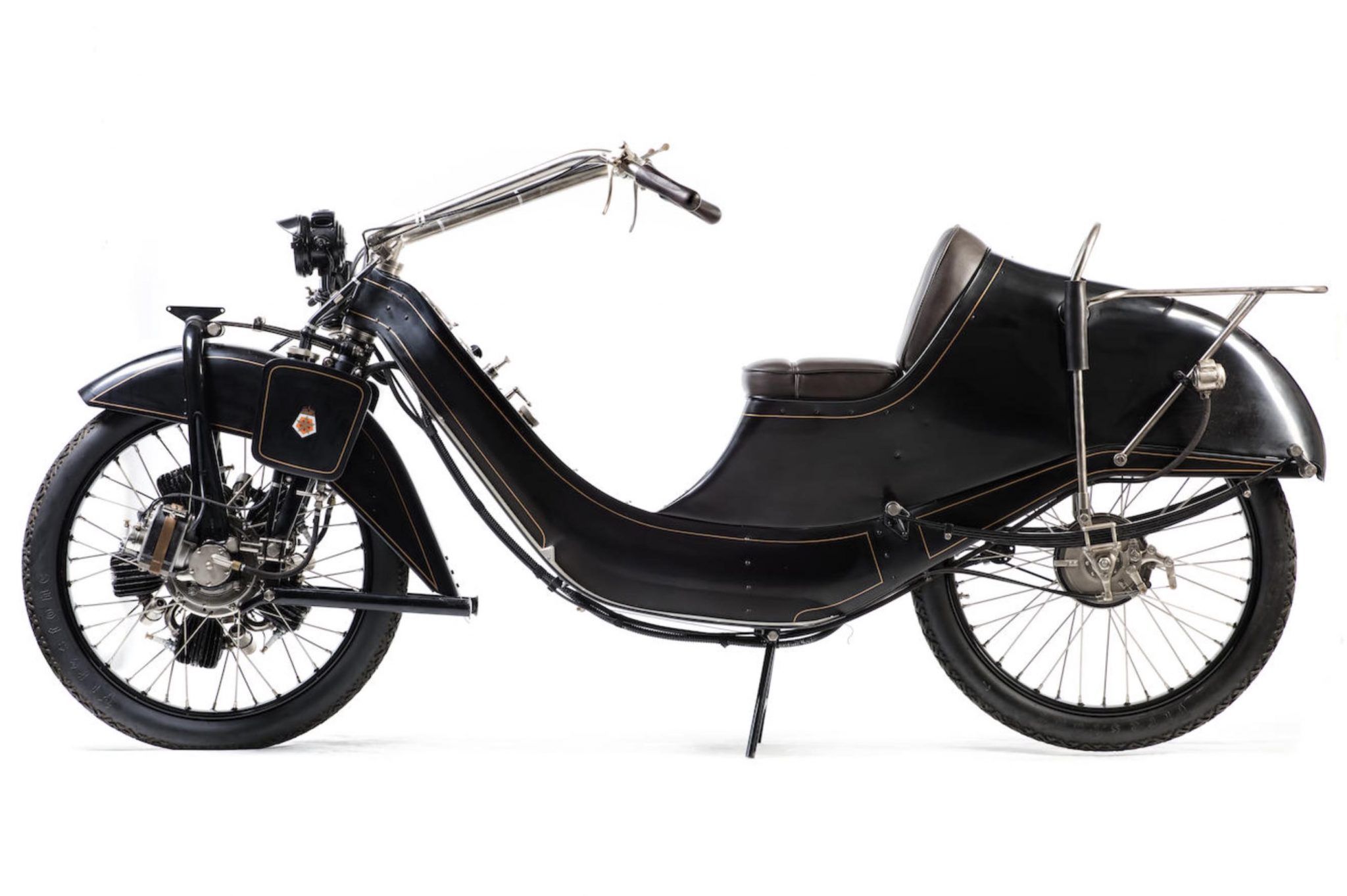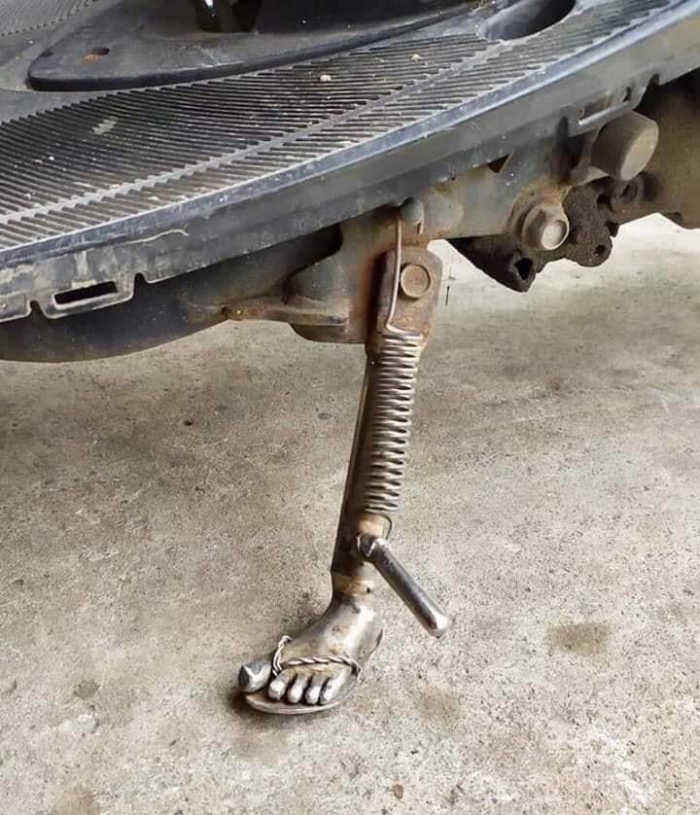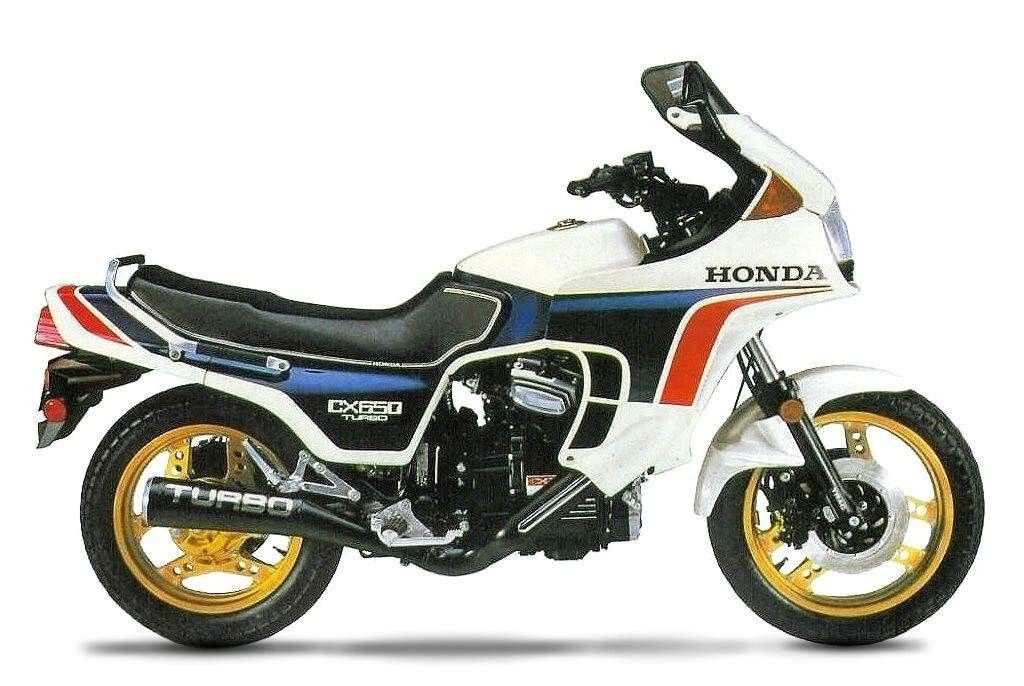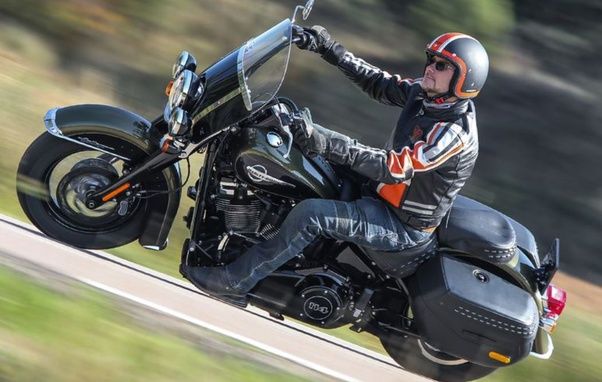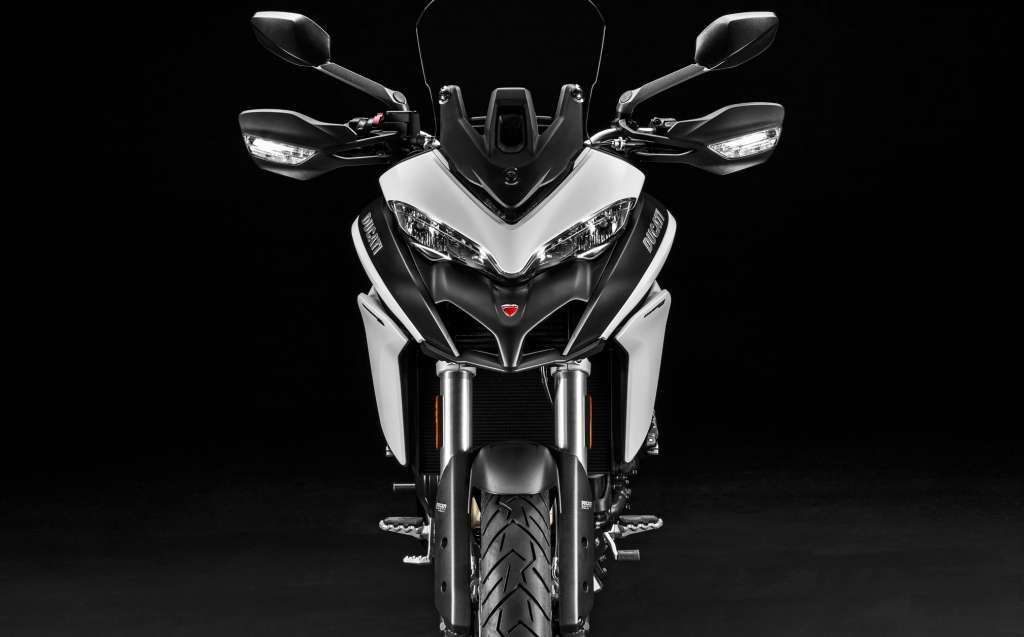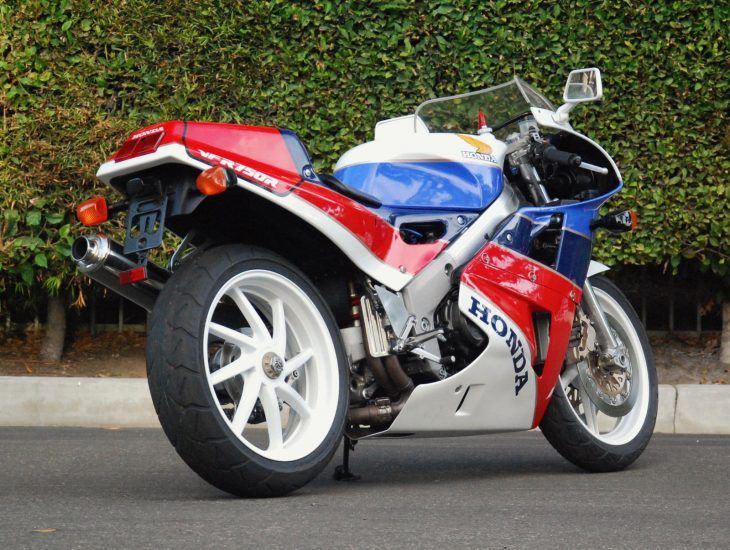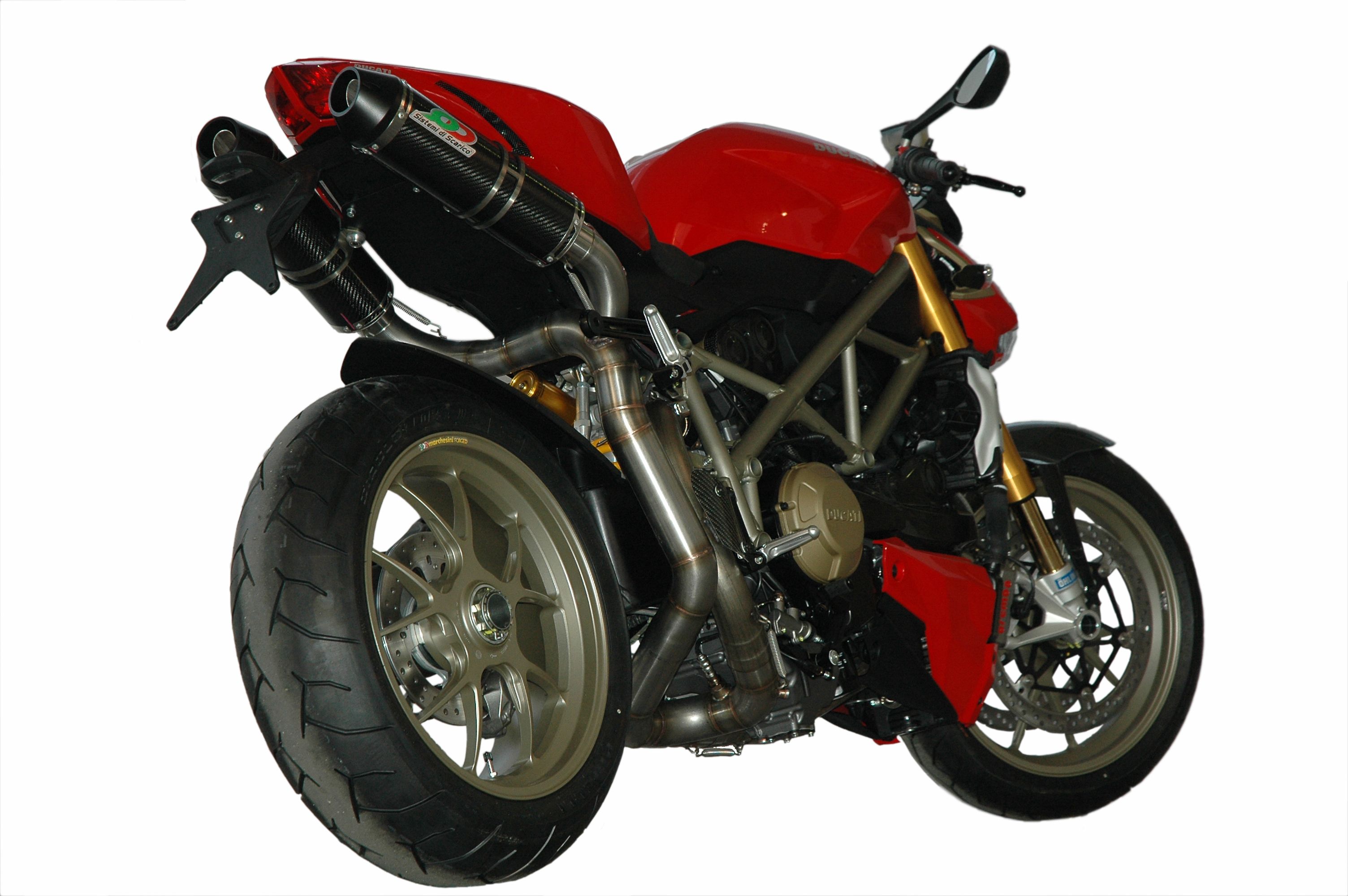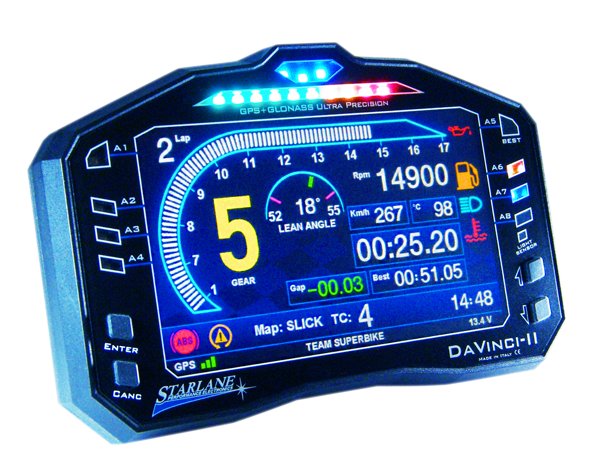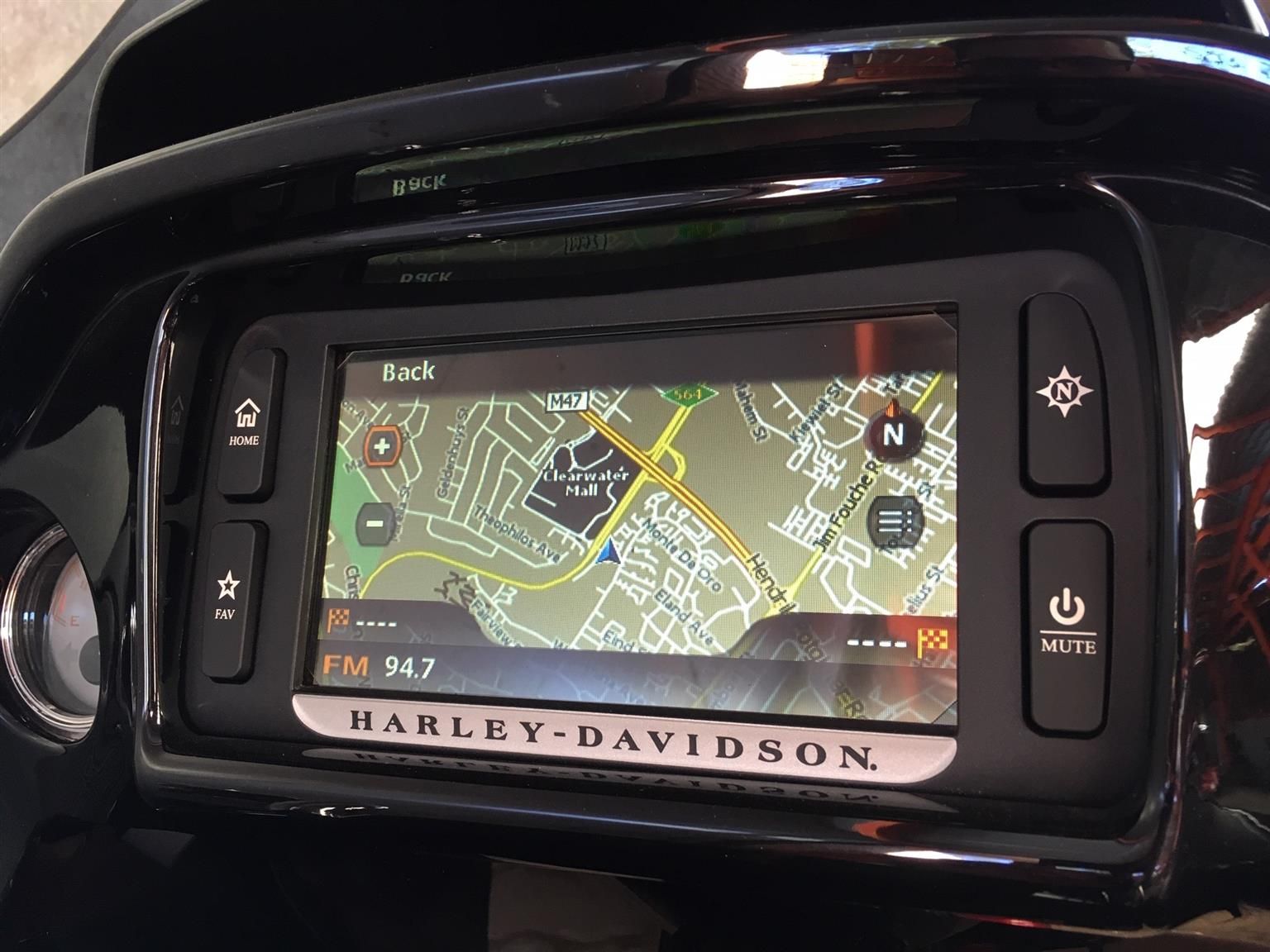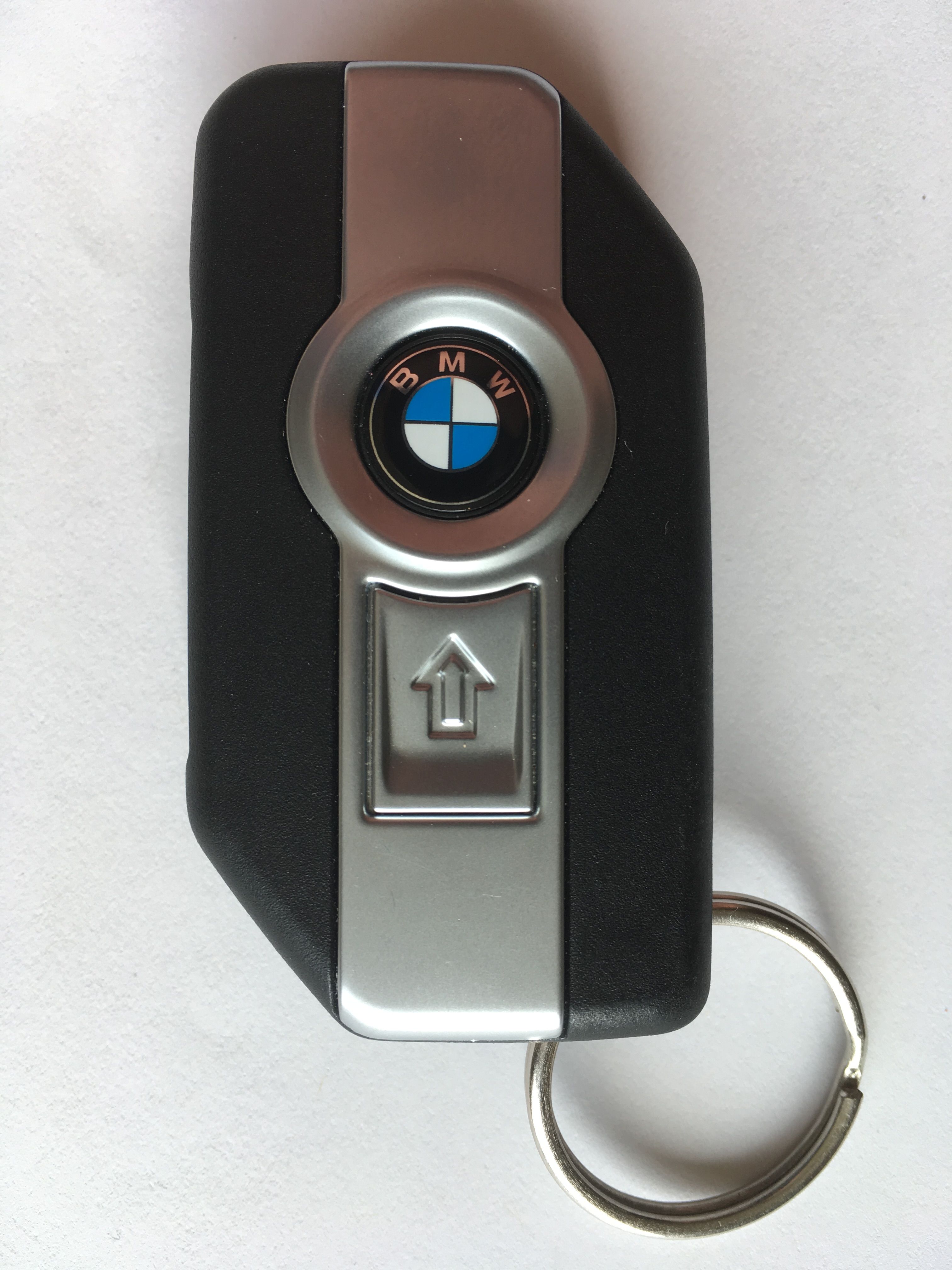Whilst there have been many ideas in motorcycling that have been brilliant, there are plenty that have been complete dead-ends. That didn't stop the manufacturers pursuing them, however.
The Worst Ideas In Motorcycling
Motorcycle manufacturers are constantly pushing the boundaries of engineering in pursuit of the unfair advantage, to paraphrase Mark Donohue. More often than not, they get it right but there are plenty of ideas that really should have been left on the workshop floor.
The following ideas are significant in that their respective manufacturers thought that they were the future when the rest of us who weren’t closeted away in a workshop, safe from the prying eyes of reality, could see them for what they really were; pointless.
The only question in our minds was, ‘how long until the idea is dropped and we can get back to normal?’ Of course, another question might reasonably have been, ‘if they’ve got enough time to faff around with something like this, does it mean that their next bike is going to be perfect?’ Or another; ‘Has the engineer responsible for this been sacked yet?’
Many of these developments were eagerly seized upon by all other manufacturers to keep up with their rivals and never mind the fact that they were crap ideas in the first place. Fashion is a terrible affliction.
So, here they are in no particular order.
Spring-loaded, self stowing side stands
Riding a motorcycle is a dangerous enough task without the risk of an extended side-stand digging into the tarmac at the first left hand bend and launching you into the nearest lamp post. But isn’t riding - or driving for that matter - just a series of things to remember in a particular order? They get to the point where they become so automatic that you can’t remember if you did it or not - pressing the button on your car key to lock the doors as you walk away is a good example. Kicking up the side stand is another.
Nowadays, bikes have a switch fitted to the side stand that cuts out the engine if the bike is put into gear with the side stand down, which is an infinitely better idea than having a side stand that springs home as soon as you take weight off it. As soon as the bike does something that doesn’t involve you physically having to do it, then you’re in trouble. How many times did owners climb on their bike and pull it upright only to remember something left in the garage/house, quickly swinging off the bike only to experience that dread as the bike crashes over on its side. If memory serves, the Italians were particularly fond of this method.
Cretinous idea.
Supercharging or turbocharging
Now, I know what you are all going to disagree with me here, but hang on a minute. Are you seriously trying to tell me that bikes such as the Panigale V4, the Hayabusa, the S1000RR, the K1600GT, hell, any bikes you care to mention, don’t have enough power? Since when was 200bhp (or even 100bhp) in an all-up weight of 200 - 250kgs not enough? Whilst I admire and applaud the Kawasaki H2, isn’t it a bit pointless?
Wouldn’t it have been more relevant to take a 500cc or 600cc bike and give it the performance of a 1000cc bike with the fuel economy of a 500 or a 600 rather than giving the 1000cc bike even more performance? And yes, I understand the thrill and the exhilaration of riding something so preposterously powerful but what, really, is the point?
Self-cancelling indicators/two handed operation
If an idea works well and infallibly, then we have to agree that it has validity. When, however, it fails the job it is supposed do, then we are justified in condemning it to the bin.
Self-cancelling indicators were a good idea; there is little more dangerous to a motorcyclist than leaving an indicator on, telling a motorist that you are about to turn off before you reach him when in fact you are about to do nothing of the sort and he pulls out in front of you with predictable results. It’s just that they have been badly executed for the large part (ironically, Harley-Davidson makes the best).
I have lost count of the times I have flicked the indicator switch on a bike with self-cancelling indicators, only to glance down at the dashboard before I reach the turning to find that they have turned themselves off, leaving me sitting in the middle of the road telling no-one what I am about to do. The poor computer that decides whether you have made the turn and, therefore, can turn off the indicators, is not nearly so good as your brain so why not just rely on your brain? And since when was it really that much of a chore to cancel the indicators yourself?
While we’re on the subject of indicators, what was with the individual left and right indicator switches that were fitted to BMWs for a time and are still fitted to some Harley Davidson models? In a rare moment of admission, I rode a GS for a year that was fitted with them and I liked them. As with many things, once you get used to it, it’s fine. But was there really any need to try and reinvent the wheel?
Indicators in hand guards
What a great idea. Make something - that’s there to protect the hands in the event of hitting something a glancing blow, such as a car or truck mirror - ridiculously expensive to replace by incorporating the indicator into it!
Genius.
Single Sided Swing Arms
Tell yourself whatever you like, but the only advantage to single-side swing arms is that they look good. From almost any other angle, they are nowhere near as good as a double-sided swing-arm. Put it this way; how many MotoGP bikes do you see with them fitted? Ducati only uses them in WSBK because it is a production-based series and they want to sell more bikes on the back of success; win on Sunday, sell on Monday.
Single-sided swing-arms were invented for one reason only; to speed up tyre changes in endurance racing. Given that you probably don’t need to change your rear tyre that fast in ordinary everyday use, you really don’t need one.
They are heavier, less stiff and cost more. So, in fact, they are inferior.
But at least they look good!
Under Seat Exhausts
Here’s a proper example of everyone following the herd for no other reason than to be in fashion. Under seat exhausts have been shown to be so completely wrong by the current thinking around mass centralisation and lowering of the centre of gravity that looking at them on older bikes just seems strange. Who ever thought that putting all that weight that high up was a good idea? And that’s before we get to the issues of heat right under your arse and packaging for the headers. There was a slight argument for them on a v-twin or V4 where the rear cylinders’ headers could be routed cleanly high up but to make an in-line four-cylinder engine’s silencers protrude underneath the seat meant about another three yards of pipework and even the re-siting of the rear shock.
Only acceptable on the MV Agusta F4 750. On anything else, just silly.
G-force and lean-angle meters
Of all the useless additions to motorcycle dashboards, this has to be the most pointless. OK, some will record the maximum lean angle or braking force so you can refer to it later - because you really need to! - but most are a real time display, because what you really need to be doing when braking hard on the road or track, or going round your favourite roundabout, is looking at your dashboard to see if you’ve broken your personal record for lean angle or retardation. The word ‘retard’ does come into it but it is reserved for the designer who thought it was a good idea.
Integrated sat nav systems
Given the rate that technology is developing, who thought that it would be good idea to fit something to a bike that will, in all likelihood, be hopelessly out of date in a few years? And, let’s face it, nothing goes out of date quicker than Satnav systems. You’ll look like you fitted an etch-a-sketch to your dashboard and you’ll be using your phone anyway!
Keyless Ignition
Not bad idea, but the main problem is that you still need a key to open the fuel cap/remove the seat. Given that keys with transponders in them are necessarily bulky, they’re a pain to store in a pocket and there is always the chance that you left it in the locked house, after you are fully dressed and on your bike, ready to go for a ride. Cue removing gloves and fumbling in pockets for house keys to retrieve it only to find that the battery has gone too flat to give a strong enough signal.
Why not just keep to a simple key that doesn’t need to be stored until you get to your destination and won’t drown when you get it wet, or run out of batteries or - and here’s the clincher - won’t cost half the price of the bike to replace when you inevitably lose it?
So, there you have it; my list of pointless engineering that could have been ignored and no-one would have missed it and it would have saved the manufacturers millions in development costs.
Have I missed anything, other than my grumpy-old-man medication? Let us know in the comments section.

